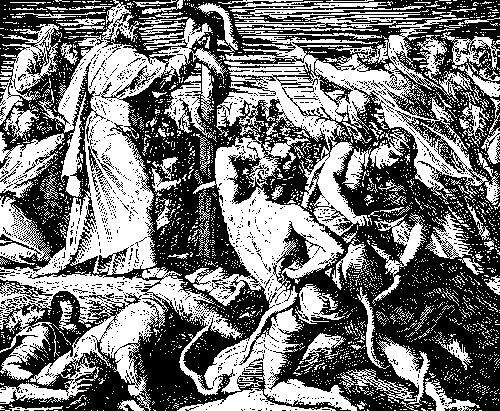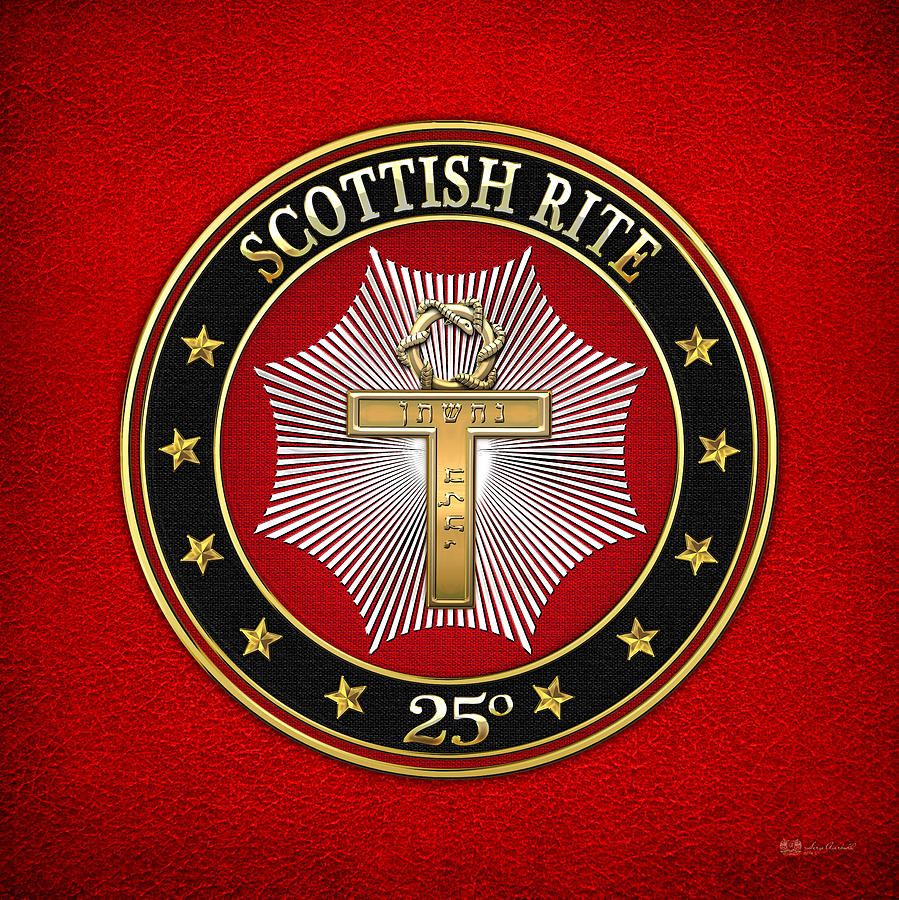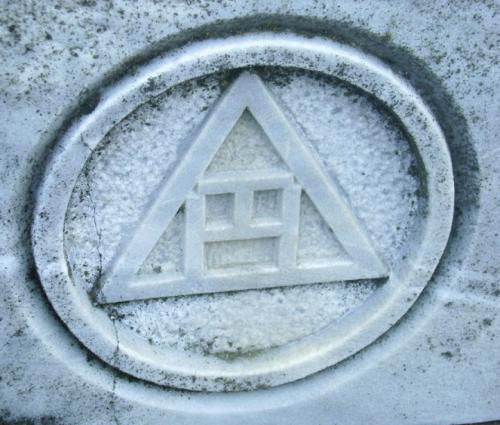Concealed within the teachings of Freemasonry are some of the most important ancient symbols known to mankind. A hidden science that Masons around the globe have preserved for many centuries until the modern era.
As Albert G. Mackey once wrote, “To study the symbolism of Masonry is the only way to investigate its philosophy. This is the portal of its temple, through which alone we can gain access to the sacellum where its aporrheta are concealed.
Its philosophy is engaged in the consideration of propositions relating to God and man, to the present and the future life. Its science is the symbolism by which these propositions are presented to the mind.”
One of these symbols in Masonry is called the T Square that we also know of today in many religions as the Tau cross.
For thousands of years, it was one of the most esteemed and important symbols in all of the world.
To the Ancient Egyptians, we find it in the holy life-giving Ankh, as the symbol of life.
The Ancient Egyptian Ankh, or Tau Cross is a symbol of divinity (Harding). To Freemasons, it symbolizes the Man’s triumph of his spiritual nature (human, angelic, godlike) over his physical (animal, beast, demonic) nature.
The Tau Cross is a symbol for the power of life and consciousness often associated with the Old Testament and the ancient Phoenician Hebrews, Egyptian Israelites, and the Greeks who propagated the Tau around the world.
According to Manly Hall 33°, the Tau is the oldest form of the cross and may have originated with the Egyptians.
From ancient times, the act of inscribing the mark of the Tau upon one’s forehead has been observed in many places around the world. The Tau was a sign on the foreheads of people accused of crimes, the Tau meant they been acquitted of those charges. Hence, we see the Tau employed as a symbol of liberation (Hall 569).
For example, the Druids who I have connected to the Phoenicians, AKA Hebrews used the Tau cross as a representation of the planet Jupiter, their chief deity (Mackey).
The Kabalists also use the Tau cross to represent what they call the perfect number, the number “10,” which is in reference to the Pythagorean Tetractys and the ineffable name of the deity (Pike).
In Phoenician cosmogony, the Ankh becomes the Hebrew תָּו tav, tau, or taw, the last letter of the alphabet. The tau is one of the most ancient symbols in Judaism and Christianity.
It is the cross that The Prophet Ezekiel speaks of as the mark distinguishing those who were to be saved from the damned in Jerusalem.
The tau is much different than the modern Christian or Latin cross, which is the ensign of warfare and symbol of death modeled after the Greek theta representing the New Testament.
According to Manly P. Hall, the Tau cross was a symbol of Light and Grand Emblem of Royal Masonry. Hall wrote;
“The TAU cross is preserved to modern Masonry under the symbol of the T square.
This appears to be the oldest form of the cross extant. To the Rosicrucians, Alchemists, and Illuminati, the cross was the symbol of light, because each of the three letters L V X is derived from some part of the cross.”
The Knight of the Brazen Serpent, which is the 25th Degree of the Scottish Rite (Council of Kadosh) preserves some of the secrets of the Egyptian Crux Ansata of the Phoenician and Greek Tau Cross.
Freemasonic author, Rex R. Hutchens, 33° discusses the meaning of the symbols and words contained in this degree.
“The jewel is a Tau cross, of gold, surmounted by a circle – the Crux Ansata of Egypt – round which a serpent is entwined. On the upright part of the cross is engraved the Hebrew word meaning ‘he has suffered’ or ‘been wounded’, and on the arms the Hebrew word given in the Bible for the brazen serpent, ‘Nakhustan’.”
Manly Hall further stated that it was used in the Royal Arch Degree as the true name of God. Hall said;
“In Freemasonry, the triple tau is used in the Royal Arch Degree as a mark designating and separating those who know and worship the true name of God from those who are ignorant.
It is placed in the center of a Triangle and Circle and is so highly esteemed as to be called the “emblem of all emblems,” and “the grand emblem of Royal Arch Masonry.”
According to Albert Pike 33°, the Masonic symbolism of the triple tau in the center of a circle and a triangle signifies the great lights of Masonry. Pike wrote;
“The triple Tau, in the center of a circle and a triangle, typifies the Sacred Name; and represents the Sacred Triad, the Creating, Preserving, and Destroying Powers; as well as the three great lights of Masonry.
If to the Masonic point within a Circle, and the two parallel lines, we add the single Tau Cross, we have the Ancient Egyptian Triple Tau.”
Pike further stated:
“This Tau was in the form of the cross of this degree, and it was the emblem of life and salvation. The Samaritan Tau and the Ethiopic Tavvi are the evident prototype of the Greek r; and we learn from Tertullian, Origen, and St. Jerome, that the Hebrew Tau was anciently written in the form of a Cross.
In ancient times the mark Tau was set on those who had been acquitted by their judges, as a symbol of innocence. The military commanders placed it on soldiers who escaped unhurt from the field of battle, as a sign of their safety under the Divine Protection.
It was a sacred symbol among the Druids. Divesting a tree of part of its branches, they left it in the shape of a Tau Cross, preserved it carefully, and consecrated it with solemn ceremonies.
On the tree they cut deeply the word Thau, by which they meant God. On the right arm of the Cross, they inscribed the word Hesuls, on the left Belen or Belenus, and on the middle of the trunk Tharamis. This represented the sacred Triad.”
SOURCES:
Albert Gallatin Mackey – An Encyclopaedia of Freemasonry and Its Kindred Sciences
Manly P. Hall – The Secret Teachings of All Ages
Rex R. Hutchens – A Bridge to Light” by Ill
Cesare Ripa – Nova Iconologia (Padua: 1618) Ordini dritto e giusto, “Ordered Right and Just”

Moe is the founder of GnosticWarrior.com. He is a father, husband, author, martial arts black belt, and an expert in Gnosticism, the occult, and esotericism.










![How Queen Ethelthryth always preserved her virginity, and her body suffered no corruption in the grave [660-696 A.D.] | Book 4 | Chapter 19 How Queen Ethelthryth always preserved her virginity, and her body suffered no corruption in the grave [660-696 A.D.] | Book 4 | Chapter 19](https://www.gnosticwarrior.com/wp-content/plugins/contextual-related-posts/default.png)




